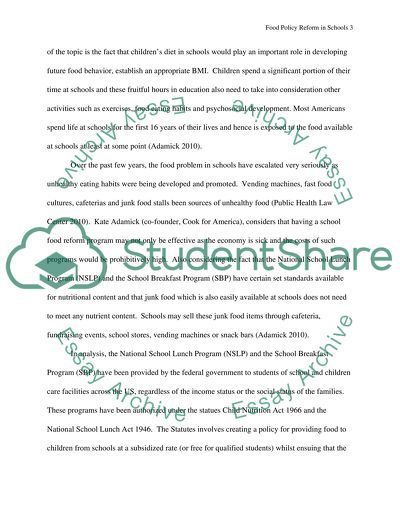Cite this document
(“Food Policy Reform in Schools Essay Example | Topics and Well Written Essays - 1500 words”, n.d.)
Food Policy Reform in Schools Essay Example | Topics and Well Written Essays - 1500 words. Retrieved from https://studentshare.org/law/1448590-food-policy-reform-in-schools
Food Policy Reform in Schools Essay Example | Topics and Well Written Essays - 1500 words. Retrieved from https://studentshare.org/law/1448590-food-policy-reform-in-schools
(Food Policy Reform in Schools Essay Example | Topics and Well Written Essays - 1500 Words)
Food Policy Reform in Schools Essay Example | Topics and Well Written Essays - 1500 Words. https://studentshare.org/law/1448590-food-policy-reform-in-schools.
Food Policy Reform in Schools Essay Example | Topics and Well Written Essays - 1500 Words. https://studentshare.org/law/1448590-food-policy-reform-in-schools.
“Food Policy Reform in Schools Essay Example | Topics and Well Written Essays - 1500 Words”, n.d. https://studentshare.org/law/1448590-food-policy-reform-in-schools.


